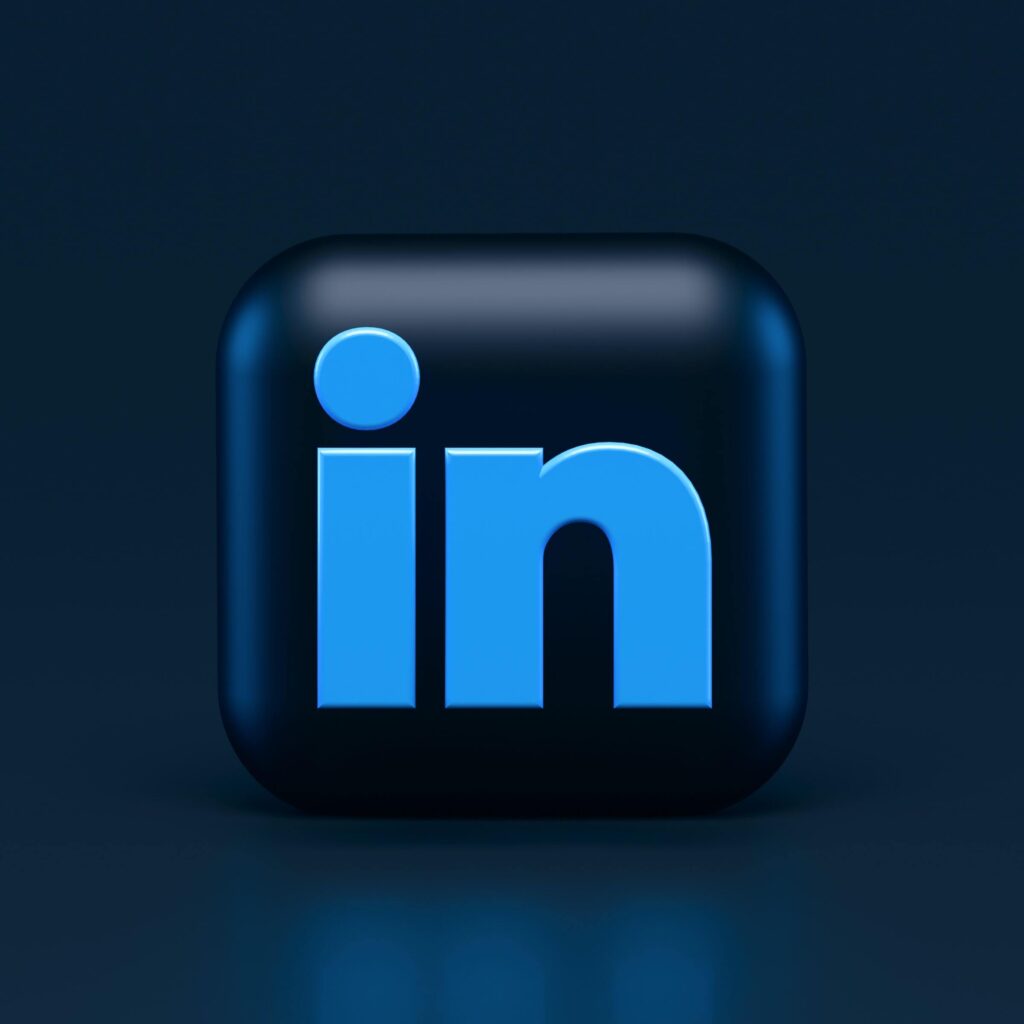Today, I want to talk about something that is crucial for the success of any B2B company – building a prospect list. So, if you’re looking to build a prospect list for your business intelligence company, here’s a way to do it faster.
Before we dive into the topic, let’s first understand what a prospect list is and why it is important. A prospect list is a comprehensive list of potential customers that you can reach out to for your business. This list can include contact information, such as email addresses and phone numbers, as well as other relevant details, such as company size and industry. Having a prospect list is important because it allows you to target your marketing efforts more effectively, which in turn leads to higher conversion rates and ultimately more sales.
So, how do you go about building a prospect list? Here’s a step-by-step process that can help you do it faster:
Step 1: Define your ideal customer profile (prospecting priority)
The first step in building a prospect list is to define your ideal customer profile. This means understanding who your target audience is, what they do, and what their pain points are. You should consider factors such as company size, industry, location, and budget. Once you have a clear understanding of your ideal customer profile, you can start looking for companies that match those criteria.
For example, let’s say your business intelligence company targets mid-sized companies in the healthcare industry. Your ideal customer profile would be a company with 100-500 employees, located in the United States, and with a budget of at least $500,000 for business intelligence solutions.
Step 2: Use online tools to find potential customers (prospecting)
Once you have defined your ideal customer profile, the next step is to use online tools to find potential customers that match those criteria. There are several online tools available that can help you do this quickly and efficiently.
One such tool is LinkedIn Sales Navigator, which allows you to search for potential customers based on specific criteria, such as industry, company size, and location. You can also filter your search results by job title, seniority level, and other relevant factors. Another tool that can be helpful is ZoomInfo, which provides access to a database of over 50 million contacts, along with company information and news.
Step 3: Use data enrichment tools to enhance your prospect list

Once you have a list of potential customers, the next step is to use data enrichment tools to enhance your prospect list. These tools can help you fill in missing information, such as email addresses and phone numbers, and provide additional insights into the companies on your list.
One such tool is Clearbit, which can help you enrich your prospect list with data such as company size, industry, and location. Clearbit can also provide contact information, such as email addresses and phone numbers, for the companies on your list. Another tool that can be helpful is Hunter, which can help you find email addresses for specific individuals within a company.
Step 4: Use email automation tools to reach out to potential customers
Once you have a comprehensive prospect list, the next step is to reach out to potential customers. One way to do this quickly and efficiently is to use email automation tools, which allow you to send personalized emails to a large number of people at once.
One such tool is Mailchimp, which allows you to create email campaigns and track their performance. You can also segment your email list based on specific criteria, such as industry or location, and personalize your emails for each segment. Another tool that can be helpful is HubSpot, which provides a suite of marketing automation tools, including email campaigns, lead nurturing, and lead scoring.
Step 5: Follow up with potential customers
After you’ve sent out your initial email campaigns, it’s important to follow up with potential customers who have shown interest in your company. This can help you build relationships with potential customers and increase your chances of closing a sale.
One way to follow up with potential customers is to use a CRM (Customer Relationship Management) tool, such as Salesforce or HubSpot CRM. These tools allow you to track your interactions with potential customers and set reminders for follow-up tasks.
In addition to these steps, there are a few best practices that can help you build a prospect list more efficiently:
Use multiple channels to reach potential customers – don’t rely solely on email. Consider using social media, phone calls, or even direct mail to reach potential customers.
Personalize your communications – use the information you have gathered about potential customers to personalize your communications and make them more relevant to each individual.
Keep your prospect list up-to-date – regularly review and update your prospect list to ensure that it remains accurate and relevant.
Measure your results – track the performance of your prospecting efforts and make adjustments as needed to improve your results.
Building a prospect list is an important step in the sales process for any B2B company, including business intelligence companies. By defining your ideal customer profile, using online tools to find potential customers, using data enrichment tools to enhance your prospect list, and using email automation tools to reach out to potential customers, you can build a prospect list quickly and efficiently. Remember to follow up with potential customers and use best practices to improve your results. Good luck and happy prospecting!


